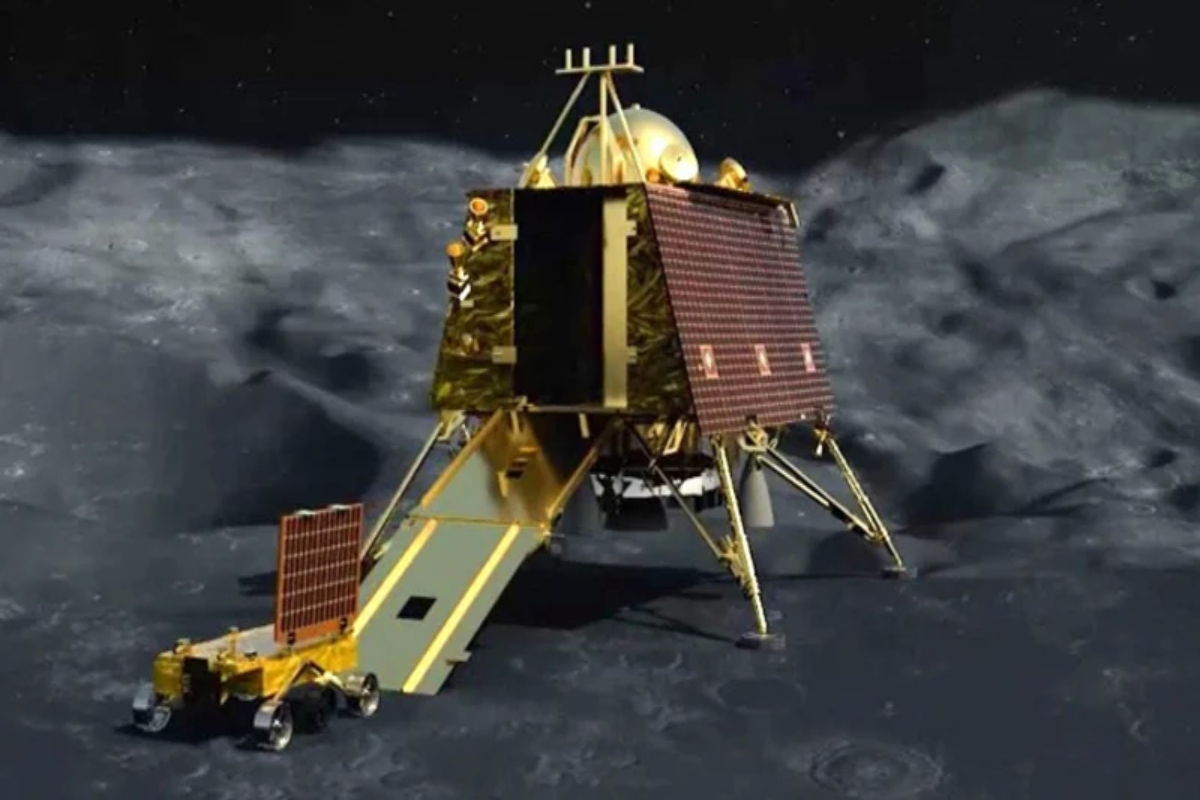Chandrayaan-3: From Sriharikota in Andhra Pradesh, India’s Chandrayaan-3 took off, carrying the hopes of the entire country. If the mission is successful, India will join China, the United States, and Russia as the fourth nation to successfully conduct a controlled lunar landing. Vikram, a moon lander, is mounted atop the Bahubali rocket, a Mark 3 heavy-lift launch vehicle.
Mission Highlights – One-Month Journey, Lunar Day Explorations, and Historic South Pole Landing
The spacecraft’s estimated time of travel to the moon is one month, and the expected landing date is August 23. It will run for one lunar day after landing, which is equivalent to 14 days on Earth. 14 days on Earth are equivalent to one day on the Moon. Three main parts will make up Chandrayaan-3: a lander, a rover, and a propulsion system. It will make use of the Chandrayaan-2 Orbiter, which is still in the lunar atmosphere. India’s mooncraft “Vikram” will make history when it lands in the moon’s South Pole, where water molecules have been discovered. The discovery, which was made during India’s maiden lunar mission in 2008, stunned the entire globe. Vikram is supposed to land gently and safely. The lander will subsequently release the rover Pragyan, which will perform research and explore the moon’s surface for a lunar day (14 days on Earth).
ISRO Adapts Chandrayaan-3 Mission to Address Previous Challenges and Ensure Safe Landing
Four years have passed since the previous Chandrayaan effort, which failed when the ground crew lost touch just before landing. Chandrayaan-2, the ISRO’s second lunar mission, was unable to land in 2019. But in order to prevent such failures, ISRO has made a number of adjustments to the impending mission. “The main lacuna in the last Chandrayaan-2 mission was that there were off-nominal conditions that were initiated in the system. Everything was not nominal. And the craft was not able to handle the off-nominal condition for a safe landing,” ISRO Chief S Somnath told NDTV in an exclusive interview.
Keep watching our YouTube Channel ‘DNP INDIA’. Also, please subscribe and follow us on FACEBOOK, INSTAGRAM, and TWITTER
